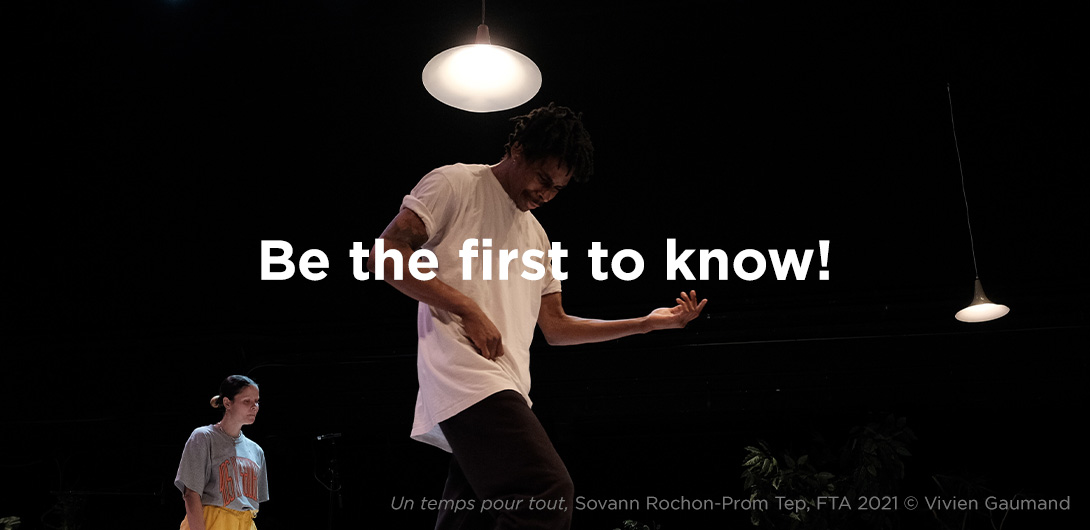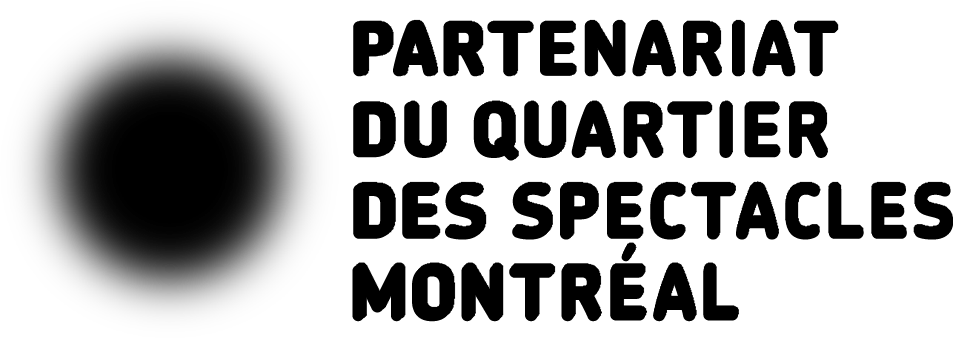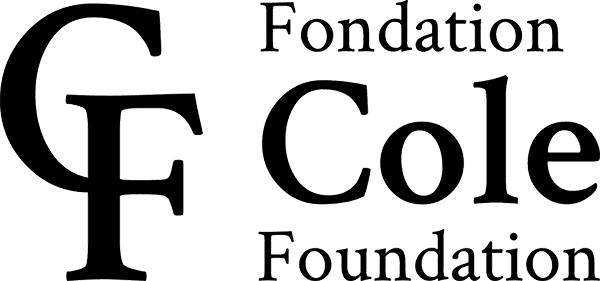How is Elenit a continuation of your artistic approach in Relic (2015) and Titans, which was presented at the FTA in 2018?
It feels like these three pieces could possibly form a trilogy in many respects. Elenit can be seen an extension of the first two, while it surely adopts the same vocabulary. I started from domestic life (Relic), moved on to a celestial world (Titans) and now arrive at Elenit at the everlasting now, when the urgency of the present talks about the past as much as the future.
It is not the “now” of 2022, but that of a much bigger, undefined universe that can be viewed as an eternal present. After the solo Relic and the duo Titans, I wanted a larger group of creatures on stage, so there are ten in Elenit. I once again embody a strange creature but this time I am surrounded by a group of unique characters that propel and dictate a particular universe: the sets, costumes, lighting and sound. We make use of many recycled objects to create an imaginary world that can be seen as terrestrial or not.
The title refers to a material long used in construction but no more, because it poses a danger to human health. How did you become interested in this material?
My father is an architect and for a long time I myself thought of becoming one, until the day I discovered theatre. I’ve always been fascinated by construction and design, imagining a space and its relation to materials. I used to accompany my father to construction sites and ask questions about the materials.
I remember as a child I was attracted to these corrugated metal sheets often used for roofing but also for many other purposes. On the Greek island where I come from, which is not rich and does not attract tourists, that cheap, long-lasting metal sheeting was used in all sorts of building and construction. As a child I was intrigued because I saw it everywhere, torn off buildings, strewn in fields and in vacant lots. It was not a natural material like wood or stone, but it was part of the landscape, as though it had always been there. My father told me it was called “Elenit”. This was a similar material made broadly in the 1970s, a mix of cement and asbestos which, it was soon discovered, is harmful to our health. In some countries it was even called Eternit indicating that this material would live forever. In Greece they named it Elenit as it sounded more Hellenic (Greek) and thus would sell more. Instead, the material was prohibited and people who lived under that roofing died of cancer, and it became difficult to get rid of.
I find it very appropriate to have as the name of my show a word that is based on a misunderstanding and that is also linked to my relationship with my Greek heritage and my own father! That becomes an anchor point in my ancestry and personal mythology, as well as a reflection of the short-circuits of transmissions and the myths that we take for truth.
What drove you to discuss in this piece our complex relationship with progress, the environmental challenges we face and the perseverance of humanity?
The wind turbine and the sheet metal roofing onstage are likely to lead audiences to make a connection to ecology. I used a wind turbine because I needed a monumental force to propel this over the top theatrical machine. I knew this work wanted to play with the idea of big spectacles and that this was a piece that was self conscious of it being of a greater scale. There were already ten characters in it and it was going to be for larger theatres and audiences so inspiration obviously would come from spectacles such as opera, ballet, Broadway musical, ancient Greek tragedy, the circus, even the big clubs and the grand museums. A big set piece could now move from my imagination to the stage.
Nevertheless, the wind turbine was never a fixed conscious choice and most of my choices are left to be drifted by unconscious currents. This way I hope each set object, each scene and each artistic decision can find multiple meanings and remain open to interpretation.
As a political creature, very much conscious of our shortcomings as a species, I have always been interested in how the human brain functions when it encounters obstacles. I find it surprising that in the 21st century we are very much aware of the inequalities in the world yet are incapable of resolving them once and for all.
Humanity has conquered great spiritual grounds in philosophy and religion but also in science. We aim for an ideal self but in fact we have little power to achieve our goals. We are confronted with our limits. It is this human nature that fascinates me, its strangeness, its great powers and weaknesses! How we want to be the best we possibly can and yet we are doomed to face our countless limitations. This is our fate and it is very ironic… and that is why it moves me so much.










